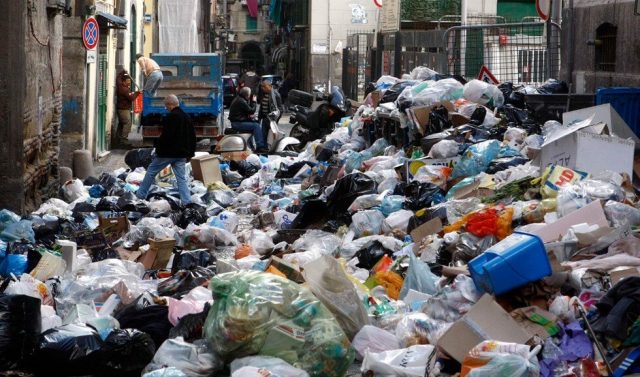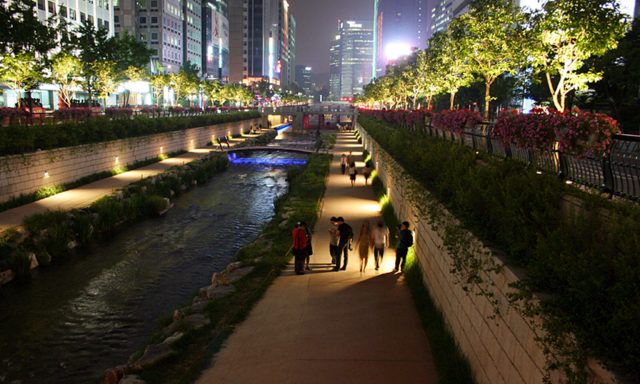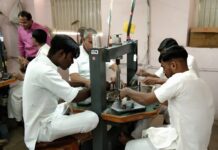When it comes to the environment, the process is pretty simple with just two steps, i.e. create and consume.
Nature provides something to us, the living beings consume them and then we ourselves create something new which just repeats the cycle in a never-ending loop.
But somewhere along the way, we humans seem to have gone wrong and have started to negatively affect the environment around us.
The rising number of natural disasters, global warming an ever increasing threat, Delhi was shocked last year in 2016 when it registered the air quality of the city as ‘severe’ level wherein people were advised by the govt. and environment groups to not even step out of their house, all spell out trouble for us.
At the same time, the age old question of which is better, creating something or consuming seems to creep up on us. In terms of the environment, let us take a look at both the sides of creating and consuming that we are doing.
Consuming:
A former Greenpeace activist Annie Leonard has stated that consuming is bad both for the well-being of the people as well as having a negative impact on the planet.
Even according to a piece on Science Alert it is not the producers who are adding on to the increasing environment crisis, instead, it is the consumers who are the culprits.
Take for example China, which is considered to one of the biggest contributors to rising carbon emissions, but as per a new study that assumption might not be all true.

China might produce a lot of products, but it exports most of it which makes the per capita consumption-based footprint for the country to be a meager 1.8 tonnes CO2 while the global average rests somewhere around 3.4 tonnes.
This clearly reveals that the consumers need to change their habits and not only control their consumption but also employ steps to improve their environmental performance.
However, at the same time, not all the blame can be laid on the shoulders of the consumer. If one says that environment is deteriorating because of consumers then it is definitely a wrong statement to make.
According to the study included in the book, Creation and the Environment: An Anabaptist Perspective on a Sustainable World, taking into account just the per capita consumption is wrong as they do not clearly reflect the demands that have been made on Earth’s productive capacity.
Per capita consumption does not take into account the rising population which is slowly reaching the maximum capacity that the Earth and our environment can take.
While consumption might have a hand in the increase of global risks, creation as per these studies also has an equal if not more contribution towards our current state.
Read More: How Indian Army Protects Forests In The Country
Creating:
This brings us to the flip side of this debate that is creating something. Creation or rather the excess of creation meaning the rising population is definitely a big reason for our environmental problems.
According to the above-mentioned book, around the world, about 90 million people are added each year, with a high number coming from third world countries.
The creation of artificial environments to grow products that are not readily available in that country also have a deep impact on the environment.
A report from The Atlantic states that the sugar industry in the U.S. alone does not make sense on an environmental level seeing that everything needed to keep up the industry is created by the people there and is not natural to the place in question.
This way the U.S. is neglecting the South areas which are ideal for creating sugar but are not being used to export sugar.
However, on the other hand, creation is somewhat changing its course to be more environmentally friendly.
The fact is that cities are not going to change overnight and even still, any new way to improve the environment must be done in a way that allows for a cohesive living and existing of those in cities.
Creation is not all bad and does not have to negatively impact the environment.
We can see that with the introduction of a product called City Tree, which is a modern day equivalent of an entire forest. According to the founder, the free standing installation not only takes less space but also cleans out air that is equal to about 275 trees.
Another example could be the urban park of Cheonggyecheon in Seoul, South Korea which is an urban green space that does more than just look pretty.

Its biggest asset is how it promotes walkability allowing citizens to walk more without the need of personal transportation.
Perhaps a big example would come from India itself and its creation of the net zero building which runs on solar power and instead of taking from the environment gives back to it.

This makes us think that perhaps there needs to be a balance between both creation and consumption. Because otherwise an excess of anything can never really be good.
Image Credits: Google Images
Other Recommendations:
Govt. Offices Are Going Paperless With The E-Office Initiative To Empower Us (Video)




























